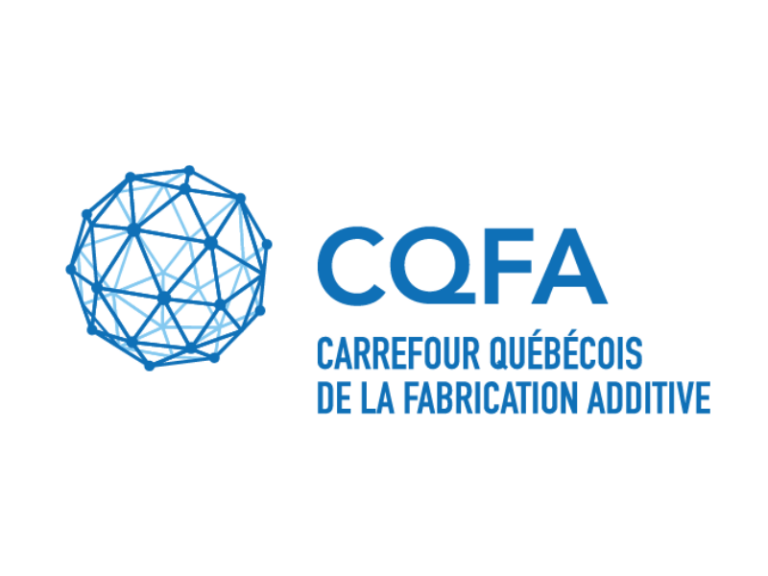
2022/08/31
ADDITIVE MANUFACTURING, SUPPLY CHAINS AND ENVIRONMENTAL FOOTPRINT
Increasing the flexibility of supply chains and reducing the environmental footprint are two significant challenges that face our companies. Additive manufacturing (AM) offers part of the solution.
The Supply Chain Issue
The war in Ukraine, COVID-19, a blocked Suez Canal, container shortages, forest fires in British Columbia and American tariffs on Canadian steel and aluminum have revealed the complexity and vulnerability of our supply chains to pandemics, armed conflicts, protectionist measures and logistical accidents, not to mention disasters caused by extreme weather events.
To mitigate these risks, experts recommend that companies diversify their supply sources, prioritize local suppliers (near-shoring) and those from allied countries (allyshoring), make their supply chain management more “intelligent,” and expand their production flexibility. In this context, additive manufacturing only increases its strategic value, as the World Economic Forum recently pointed out. (…).
The Environmental Footprint Issue
The United Nations defines sustainable development as one that meets the needs of the present without compromising the ability of future generations to respond to their own needs. Our use of nature against its own regeneration can be gauged through a variety of measurements, including environmental, ecological, climate and carbon footprints. The fewer natural resources used by a company, the less waste it creates, the smaller its environmental footprint and the more sustainable its development. Climate change and energy transition, as well as our carbon neutrality goal by 2050 make mandatory “greener” manufacturing processes and supply chains.
AM topologically optimizes printed products. The resulting products are lighter in weight and involve fewer parts, thus reducing the amount of material required. An additive approach to printing generates little or no waste beyond the occasional support structure, unlike CNC machines or die casting. Often, the resulting product will have fewer surfaces to rework and machine finish. (…).